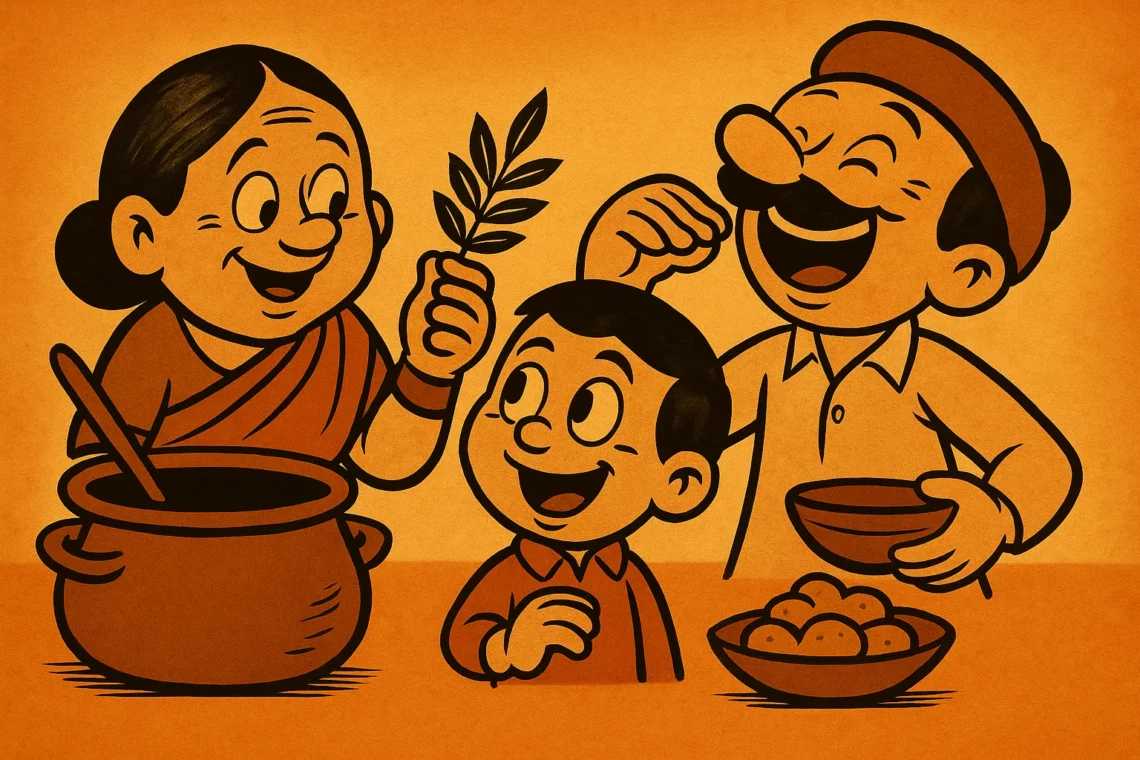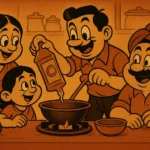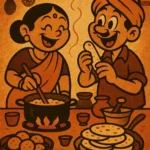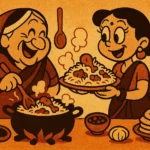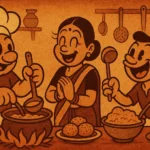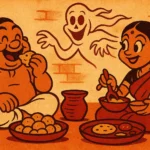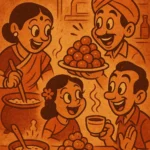There’s something magical about the scent that fills the air when you add a sprig of curry leaves to hot oil. It’s a smell that transports me straight back to the bustling kitchens of my childhood in Mumbai. I can almost hear the clang of steel vessels, the laughter of my grandmother, and the clink of the ladle as it stirs the pot of sambar. Curry leaves, for me, are not just a garnish or an afterthought – they’re a lifeline, a bridge to my heritage, and perhaps, a secret ingredient that holds the power to transform a simple dish into something extraordinary.
The Underrated Hero of South Indian Cuisine
Let’s face it: most people don’t pay curry leaves the respect they deserve. More often than not, they’re tossed aside like some leftover garnish at the end of a meal, or worse, they’re plucked out of the curry before anyone takes a bite. But if you’re lucky enough to have experienced their full glory, you’ll know that these leaves are the heartbeat of South Indian cooking.
Growing up in Mumbai, I remember how my mother would carefully fry a handful of curry leaves with mustard seeds, a touch of hing (asafoetida), and a few dried red chilies. The kitchen would fill with a fragrance so intoxicating that I could hardly wait to dive into whatever dish was waiting on the stove. It didn’t matter if it was a simple dal, a vegetable stir-fry, or the beloved coconut chutney – curry leaves were always there, working their quiet magic.
A Sense of Place
Curry leaves, or “kadi patta” as we call them in Hindi, are native to the Indian subcontinent, and they hold a deep connection to the heart of South Indian cuisine. These dark green, aromatic leaves come from the Murraya koenigii plant, and while they are often found in tropical climates, they are particularly synonymous with the culinary traditions of Tamil Nadu, Kerala, Karnataka, and Andhra Pradesh. If you’ve ever had the pleasure of savoring a well-cooked South Indian dish, you’ve likely encountered the aroma and flavor of these leaves – even if you didn’t know it.
For me, curry leaves symbolize the balance of flavors that defines South Indian cooking. A little bitter, a little sweet, a little savory, they act as the perfect counterpoint to the richness of coconut, the sharpness of tamarind, or the heat of fresh chilies. Their deep, earthy flavor blends seamlessly with the other spices to create a harmony that’s difficult to replicate.
Not Just for Sambar
There’s this misconception that curry leaves are exclusively for sambar or rasam – but that’s not the case at all. Sure, they shine in these dishes, but they can elevate almost anything. Take the humble tempering (or tadka), for example. Whether it’s a simple vegetable stir-fry or a delicate coconut curry, adding a sprig of curry leaves to the hot oil brings a burst of flavor that adds complexity to the dish.
And don’t even get me started on curry leaf chutney. I’ve had this as an accompaniment to rice or dosa, and I’ll tell you, it’s a revelation. When you blend curry leaves with a few other ingredients like dried red chilies, garlic, and coconut, you get a chutney that’s fresh, spicy, and fragrant. It’s one of those things that you can’t quite put into words – you just have to experience it. Imagine the rich, earthy flavor of the curry leaves dancing with the heat of the chilies, and a hint of sweetness from the coconut – it’s an unforgettable combination.
The Health Benefits
Aside from the flavor, curry leaves also come with a host of health benefits, something I’ve only started to appreciate more as I get older. These leaves are packed with antioxidants, vitamins, and minerals, and they’re known for their ability to aid digestion, lower cholesterol, and even support healthy hair growth. As if that wasn’t enough, they’re also believed to have anti-inflammatory properties, making them an all-around powerhouse in the kitchen.
As a child, I never thought about the health benefits of curry leaves. They were just a part of the meal – something that made the food taste better. But now, as I juggle my busy life here in Austin, Texas, I realize how lucky I am to have grown up surrounded by such wholesome ingredients. I look at curry leaves not only as a culinary delight but also as a small reminder of my roots and the food traditions that shaped me.
From Mumbai to Austin: A Taste of Home
As I sit in my apartment in Austin, miles away from the chaotic streets of Mumbai, I often find myself craving the familiar warmth of curry leaves. They’re not something I can easily find at any local store here, but when I do track them down at an Indian grocery store, it’s like a little piece of home is suddenly within reach. A handful of curry leaves in my kitchen, and I’m transported back to those childhood days in Mumbai, where the smell of sizzling curry leaves was a promise of good food and even better company.
There’s something about cooking with curry leaves that feels like a celebration. It’s as if, with every dish, I’m honoring my ancestors and the generations that came before me. I’m passing on a tradition, one that transcends borders and generations, to my own children. So, the next time you’re in the kitchen, don’t discard those curry leaves. Savor them. Let them transform your dish and connect you to a rich cultural heritage that’s thousands of years old.
A Lesson from the Leaves
In many ways, curry leaves are a metaphor for the way I approach life. They may seem small and insignificant at first glance, but when you take the time to appreciate their depth and complexity, you realize they have the power to change everything. Whether it’s cooking, life, or food, it’s the little things that often make the biggest impact. Curry leaves are not just a flavoring – they are a connection to the past, a link to the present, and a reminder of the importance of honoring our roots.
So, next time you’re cooking, take a moment to appreciate the humble curry leaf. It’s not optional – it’s essential. And trust me, once you’ve experienced the true depth of flavor they bring, you’ll never look at them the same way again.
Born in Mumbai, now stir-frying feelings in Texas. Writes about food, memory, and the messy magic in between — mostly to stay hungry, sometimes just to stay sane.

